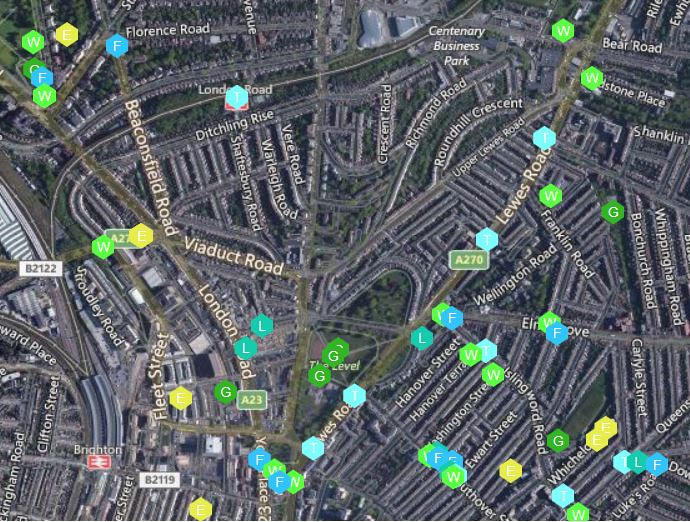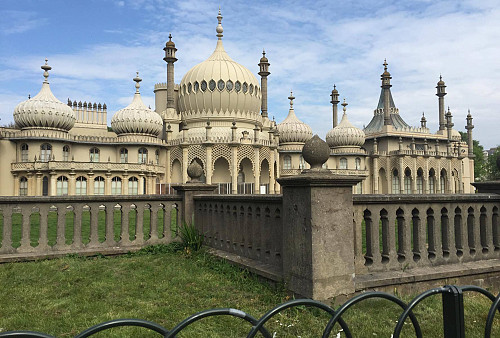If a user wants to understand environmental citizenship activity in the city, is the information useful?
We believe that although the existing map has a lot of content, not all of it is particularly useful in terms of understanding environmental citizenship in the city.
Should the information be on the map?
Most of the information currently on the map is relevant, although the mapping of regular waste and recycling bins is not really necessary. Despite the fact ordinary bins play an important role in day-to-day eco-friendly practices, they show very little in terms of active local efforts towards positive environmental citizenship. The map does however pinpoint larger recycling points and special purpose bins e.g. for compost disposal, which are more helpful as they are not so commonplace. Therefore they help make the extra effort easier i.e. the effort people can make (such as responsible compost disposal) in order to contribute to good environmental citizenship.
What information is missing?
Many of the areas are lacking in-depth information and specificity. This is true mainly for areas around the outskirts of central Brighton. The existing map increasingly neglects areas of the city further from the centre; primarily by having less areas pinned overall, but also by having less content and weaker information about the contribution to environmental citizenship that is concerned.
Is the information well presented? How could it be improved?
When looking at the map at the scale for which it was intended, the information is clear and appropriately split into different categories as to what type of contribution to environmental citizenship they make. The option to filter the map between these is useful and allows for easy access to specific information.






